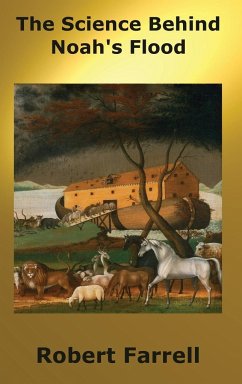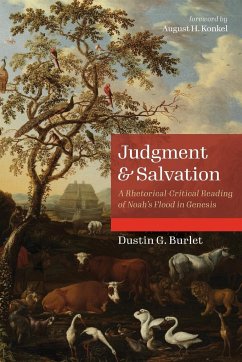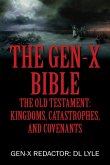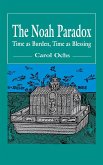Do you think you know about Noah's Flood: where it occurred; when it occurred; whether it was a natural event; a world flood; and what happened after the flood? Then the answers in this book may surprise you! While there are many flood stories from around the world, this book focuses on Noah's Flood as described in the Book of Genesis from The Old Testament. About 14,700 years ago, as the Earth came out of the ice age, eight-mile-high glaciers in eastern Antarctica began melting and calving into the Indian ocean. The resulting mega-tsunamis traveled northward up the Persian Gulf and through the valley formed by the Tigris-Euphrates river system. Noah, an ancient Sumerian, was carried Noah northwest along the Tigris-Euphrates flood plain into southeastern Turkey. He and his descendants eventually settled in and around ¿anl¿urfa (Urfa), which claims to be Abraham's birthplace. It is located in the northwest corner of the present-day Harran Plain in Turkey. There, Noah and his descendants built monolithic temples to their pantheon of gods. Gobekli Tepe, only recently discovered, overlooks Harran Plain and is considered to be a site of religious temples. It has been dated to be over 13,000 years old (the oldest monolithic structure known). It is from this location that agriculture began 12,000 years ago. Perhaps as Noah's three sons and their descendants migrated; Ham (Africa), Seth (Arabian Peninsula), and Japheth (west into Greece and east into Persia and India), they carried with them the knowledge of agriculture. It is amazing how well the scientific data presented in this book fits with Genesis and ancient stories such as the Sumerian Epic of Gilgamesh and the older Babylonian epic of Atra-Hasis. If you think you know Noah's story then you should read this book.
Hinweis: Dieser Artikel kann nur an eine deutsche Lieferadresse ausgeliefert werden.
Hinweis: Dieser Artikel kann nur an eine deutsche Lieferadresse ausgeliefert werden.








